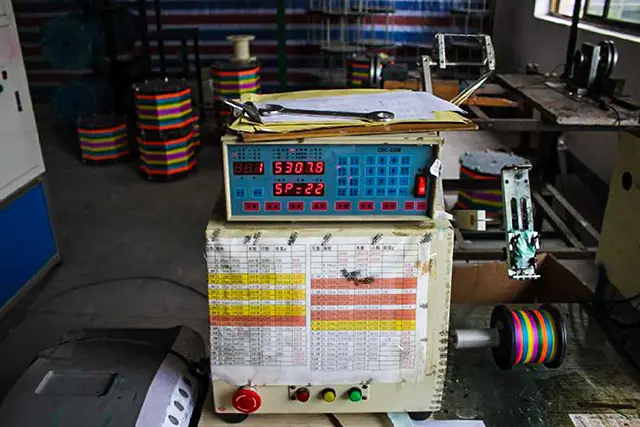The fishing line is considered the single most important item to an angler. It is the sole connection between fish and men. The biggest disappointment and heartache happen when, right in the middle of an excruciating fish fight, your fishing line decides to snap in half while you can only manage to stare pitifully as your prized catch swims off!
At Seahawk, we understand this heart wrenching moment all too clearly. Our team members have previously had their fair share of encounters with fishing lines made from inferior materials. Which is why we insist on only using the highest quality raw materials in the creation of our braided fishing lines and mono fishing lines. With constant innovation using the latest in fishing technology, we are able to create top-notch, transformative and market leading fishing lines offered at an affordable price point.
Our revolutionary fishing lines include the popular and powerful Seahawk SOL (the SOL in abSOLute) braided line range and the more affordable yet efficient GACHIRI braided fishing line model. Our high quality fishing lines are also a result of decades of experience in development, constant field tests and customer feedbacks.
The production of a fishing line basically involves a multi-winding process of braiding together numerous raw microfibres into one single tight core. This systematic procedure consists of a series of precise calibrated machinery to ensure the highest quality of Seahawk lines and braids that provide you with a worry-free and enjoyable casting experience.
Find out how we create our revolutionary fishing lines through an overview of our Seahawk fishing line creation below!
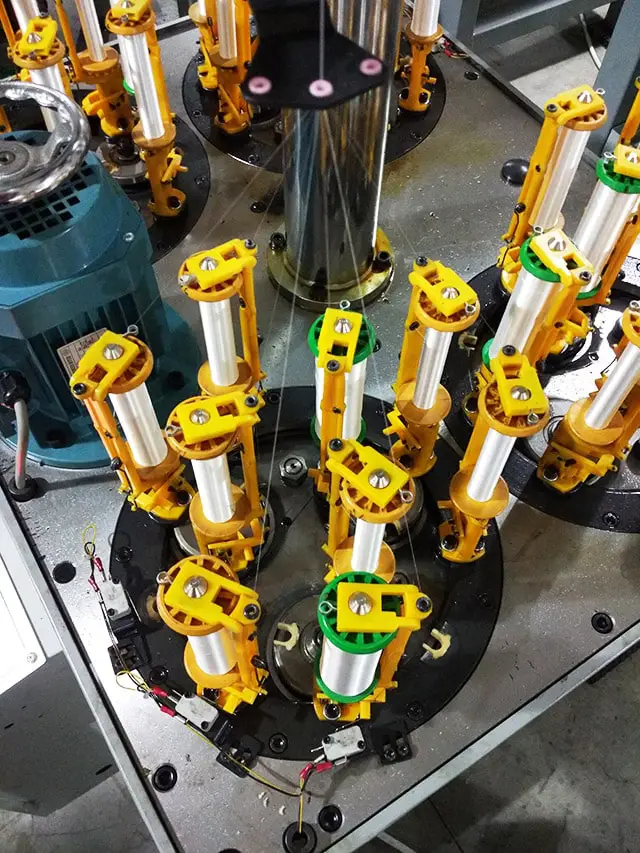
First, threads from numerous microfibres are threaded into a spring-loaded machine. The calibrated machine will wind the threads from the bulk of microfibres together onto small bobbins in an even tension. This even consistency ensures maximum tautness with balanced tension weight distribution across the braid.
The bobbins are then placed onto braiding machines, where they are calibrated to spin evenly to braid the threads. The evenness ensures the highest quality with a uniform diameter on the finished braid. This process could take up to two weeks depending on the required braid diameter and strength.
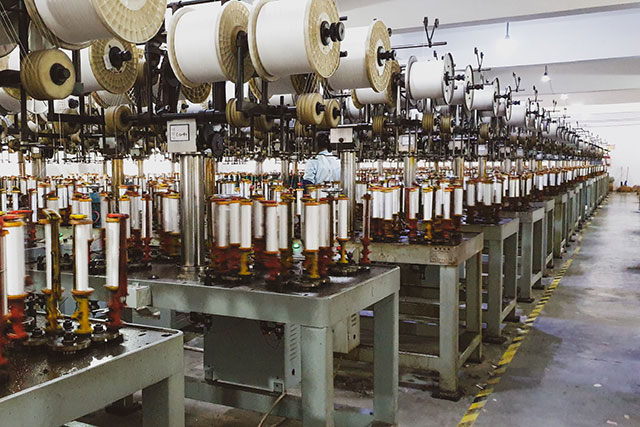
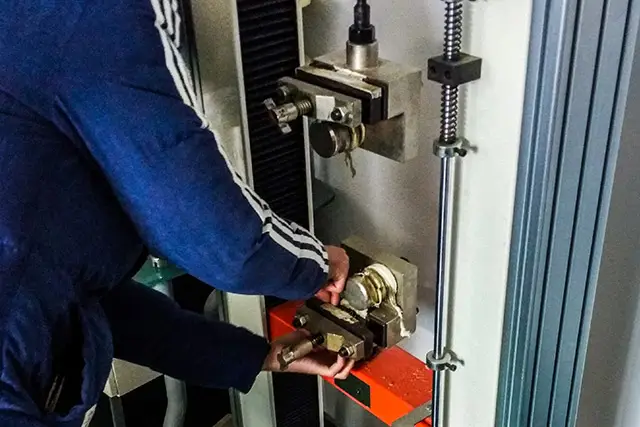
After the braiding process has completed, the braids are placed within an apparatus where they’re hooked up with progressive weights to test the braids on their tensile and breaking strength. Only batches that meet the tensile and strength requirements and passed the QC test will make it to the next process.
After the test, the approved braids are then placed into a heat pressurized tank to infuse dye into the strands. This heat infusion technique ensures a uniform colour distribution, better colour fastness and longer lasting colour while keeping the fishing line flexible for maximum casting distance and durability.
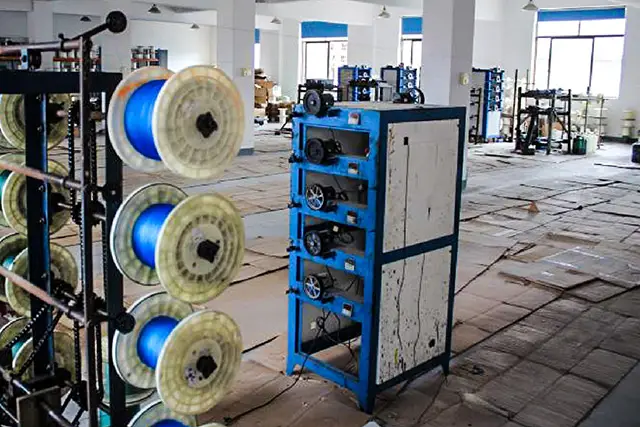
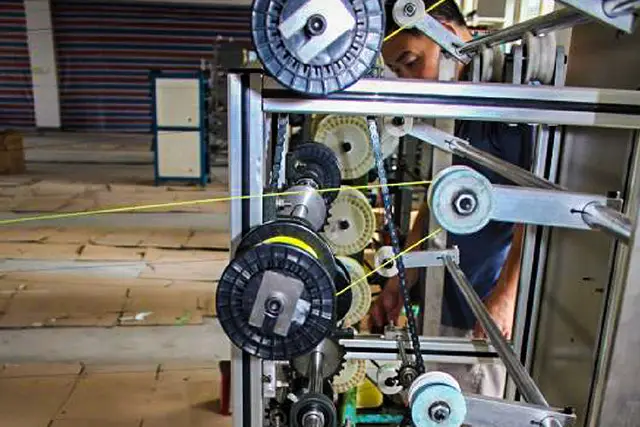
Next, a uniform coating consisting of a protective layer of resin is applied onto the strands. This coating process is the most important step as it determines the shelf life and abrasion resistance of the braid. A better coating means more durability and higher abrasion resistance.
The strands will then travel through an oven on a series of tensioning rollers to cure the resin. These rollers are calibrated to provide uniform tension. After the resin is cured, the lines will then travel through an eyelet to polish and smoothen the surface. The lines are then finally lead and evenly distributed onto a series of retail-sized spools. Finally, the spools will then be manually inspected for quality control, labelled and packaged for distribution.
